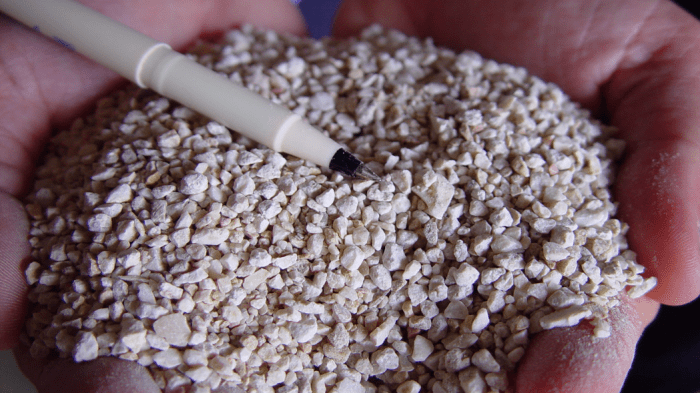Rock types” and rock cycle webquest answer key – Delve into the captivating world of rock types and the intriguing rock cycle with our comprehensive webquest answer key. Discover the diverse characteristics of various rocks, unravel the intricate workings of the rock cycle, and gain invaluable insights into rock identification and their multifaceted uses.
Rock Types
Rocks are solid, naturally occurring, inorganic substances that form the Earth’s crust. They are composed of one or more minerals and can be classified into three main types based on their origin and composition: igneous, sedimentary, and metamorphic.
Igneous Rocks
Igneous rocks are formed when molten rock (magma) cools and solidifies. They can be intrusive (formed when magma cools slowly beneath the Earth’s surface) or extrusive (formed when magma erupts onto the Earth’s surface).
- Examples:Granite, basalt, obsidian
- Found in:Mountains, volcanoes, ocean floor
Sedimentary Rocks, Rock types” and rock cycle webquest answer key
Sedimentary rocks are formed when sediments (pieces of rock, minerals, or organic matter) are deposited and compacted over time. They can be clastic (composed of broken fragments of other rocks), chemical (formed from the precipitation of minerals from water), or organic (formed from the accumulation of plant or animal remains).
- Examples:Sandstone, limestone, coal
- Found in:Riverbeds, deltas, oceans
Metamorphic Rocks
Metamorphic rocks are formed when existing rocks are subjected to intense heat, pressure, or chemical alteration. They can be foliated (with a layered or banded appearance) or non-foliated (without a layered appearance).
- Examples:Marble, slate, gneiss
- Found in:Mountains, contact zones between igneous and sedimentary rocks
| Characteristic | Igneous Rocks | Sedimentary Rocks | Metamorphic Rocks |
|---|---|---|---|
| Origin | Molten rock | Sediments | Existing rocks |
| Composition | One or more minerals | One or more minerals | One or more minerals |
| Texture | Crystalline or glassy | Clastic, chemical, or organic | Foliated or non-foliated |
| Formation | Cooling and solidification of magma | Deposition and compaction of sediments | Intense heat, pressure, or chemical alteration |
Rock Cycle
The rock cycle is a continuous process that describes the transformation of rocks from one type to another. It involves three main processes: rock formation, weathering and erosion, and deposition and lithification.
Rock Formation
Rock formation occurs when molten rock (magma) cools and solidifies (igneous rocks), sediments are deposited and compacted (sedimentary rocks), or existing rocks are subjected to intense heat, pressure, or chemical alteration (metamorphic rocks).
Weathering and Erosion
Weathering and erosion break down rocks into smaller pieces, which are then transported by wind, water, or ice. This process creates sediments that can be deposited in new locations.
Deposition and Lithification
Deposition occurs when sediments are deposited in a new location, such as a riverbed or ocean floor. Over time, these sediments are compacted and cemented together to form sedimentary rocks. Lithification is the process by which sediments are transformed into solid rock.
The rock cycle is a continuous process, and rocks can be transformed from one type to another multiple times.

Factors Influencing the Rock Cycle
The rate and direction of the rock cycle are influenced by several factors, including:
- Climate
- Tectonic activity
- Biological activity
Clarifying Questions: Rock Types” And Rock Cycle Webquest Answer Key
What are the three main types of rocks?
Igneous, sedimentary, and metamorphic rocks
How does the rock cycle work?
Rocks transform from one type to another through processes such as melting, cooling, erosion, and deposition.
What are some common uses of rocks?
Construction, road building, jewelry making, and as raw materials for various industries.
